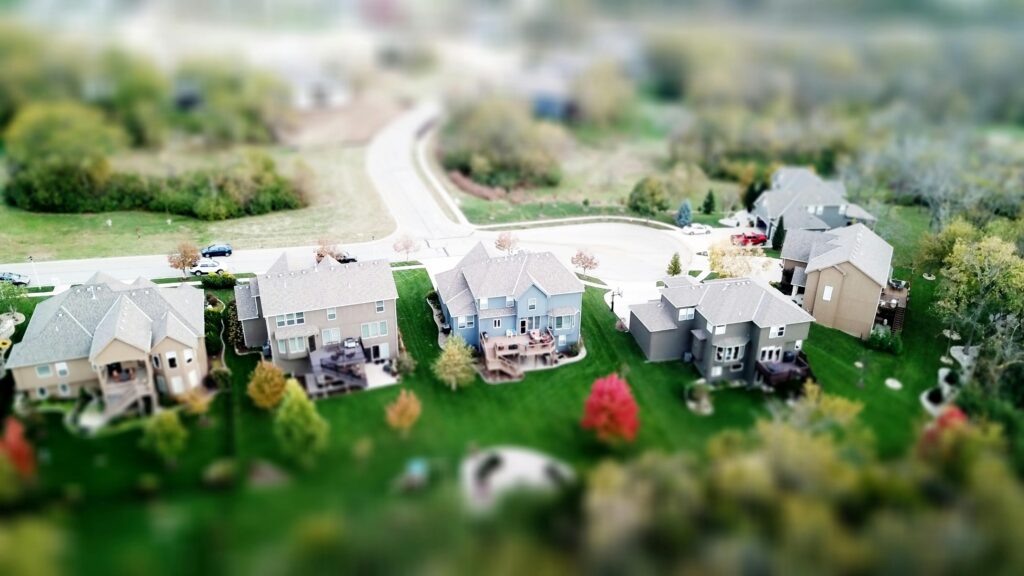In recent years, Additional Dwelling Units (ADUs) have emerged as a transformative solution within the housing market, offering an alternative to traditional single-family homes. Historically, the root of housing culture has stemmed from the preference for standalone residences, a symbol of personal space and ownership. However, rising housing costs, urban density challenges, and changing family dynamics are prompting a reevaluation of this model. ADUs—self-contained living units located on the same lot as a primary residence—present a flexible and efficient use of space, reshaping how we define home and challenging long-standing norms in residential planning.
The Traditional Housing Ideal
The historical preference for single-family homes in North America is deeply intertwined with cultural values that prioritize privacy, property ownership, and independence. Since the post-World War II suburban boom, the single-family home has symbolized personal success and stability, offering individuals and families a sense of autonomy and control over their living space. This ideal was fueled by the widespread availability of land, government policies promoting homeownership, and the cultural belief that owning a detached home was the ultimate expression of the Canadian Dream.
Privacy has been a key driver of this preference, as standalone homes provide physical and symbolic separation from neighbors, fostering a sense of personal sanctuary. Property ownership has long been associated with financial security, upward mobility, and social status. Independence, too, plays a significant role, as single-family homes are seen as a marker of self-reliance, offering individuals the freedom to design, expand, and modify their living environments according to personal tastes and needs.
These cultural values have historically reinforced the dominance of the single-family home as the preferred housing model, shaping the North American residential landscape for generations
Cultural and Economic Catalysts for Change
In recent years, economic pressures have driven a significant shift in housing preferences, prompting many to reconsider traditional single-family homes. Rising housing costs have outpaced income growth in many regions, creating affordability challenges for both first-time buyers and those seeking to upgrade.
And this certainly isn’t the first time the country has faced such housing difficulties. Rising interest rates, like those seen from the 1970s to early 1980s, had a profound impact on homeowners and the housing market. As interest rates surged, reaching 11% between 1974 and 1978 and climbing to over 18% by 19811, homeowners renewing their mortgages faced significantly higher costs. This financial pressure affected both new buyers, who struggled to afford homes, and existing homeowners renewing at these steep rates.
The initial cost of a house coupled with increasing mortgage interest rates has many potential homeowners priced out of the market, making alternative housing solutions such as ADUs more appealing.
Demographic shifts are also reshaping the housing landscape. Aging populations are seeking more flexible living arrangements, with many retirees downsizing or opting to live closer to family in multigenerational households. ADUs provide an ideal solution, offering independent living quarters for aging parents or other family members while remaining on the same property.
The Growing Acceptance of ADUs
Public perception and policy surrounding Additional Dwelling Units have undergone a gradual but notable shift in recent years. Once considered unconventional or even undesirable, these innovative structures are now being embraced by many communities as a practical solution to the imposing housing crisis. Local governments, particularly in high-density urban areas, are increasingly revising zoning laws and reducing regulatory barriers to facilitate the construction of ADUs.
Case studies from cities like Vancouver, Canada, offer real-life examples of successful ADU integration. In Vancouver, where space is at a premium, the city approved the introduction of “laneway houses” in 20102, which has been met with widespread approval. These units have helped increase the city’s housing supply without altering the character of established neighborhoods. They also offer an affordable alternative to traditional homes, benefiting both homeowners and renters.
Across this bustling city and many other communities, the successful implementation of ADUs has demonstrated its potential to provide diverse housing options, promote sustainability, and foster more connected living environments. As a result, public support for ADUs continues to grow, making them an increasingly accepted and valued component of modern housing solutions.
Conclusion
ADUs have the potential to fundamentally redefine residential living by offering flexible, affordable housing solutions that adapt to modern needs. As more homeowners explore creative ways to optimize their properties, ADUs provide a viable path for generating rental income, supporting multigenerational living, and addressing housing shortages in urban areas. These compact, versatile units are reshaping housing culture, turning single-family homes into dynamic spaces that meet the evolving demands of today’s society. If you’re considering how an additional structure might fit into your own housing plans, now is the perfect time to explore its feasibility. Take the next step in redefining your home and contributing to the future of housing.
Sources
- Suttor, G. (2017). “Basement suites: Demand, supply, space, and technology.” The Canadian Geographer / Le Geographe canadien 2017, xx(xx): 1–17 DOI: 10.1111/cag.12424 ; 94.
- Harris, R. and K. Kinsella (2017). “Secondary suites: A survey of evidence and municipal policy.” The Canadian Geographer / Le Geographecanadien 2017, xx(xx): 1–17 DOI: 10.1111/cag.12424
